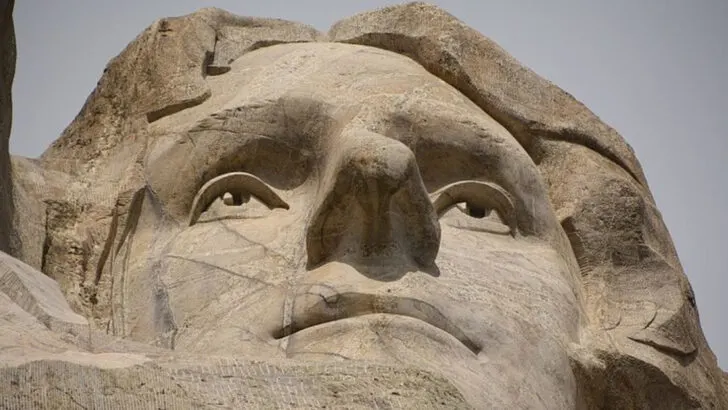Some of America’s most famous landmarks are hiding secrets in plain sight. People rush to snap the perfect photo, walk the main path, and check the stop off their list—never realizing they just passed a detail that tells the real story. A carving tucked under a staircase. A window placed at a strange angle. A symbol so small you’d miss it unless someone pointed it out.
These hidden touches turn ordinary visits into treasure hunts. They’re the quiet surprises that make iconic places feel personal, as if they’re whispering something only the curious get to hear. Once you spot them, you’ll never look at these landmarks the same way again.
Statue of Liberty

The Statue of Liberty, a beacon of freedom, holds subtle secrets. Her crown, adorned with seven spikes, represents the seven continents and seas. Each spike symbolizes unity and liberty reaching all corners of the world.
Beneath her feet lies a broken chain, often overlooked, symbolizing the abolition of oppression. This lesser-known detail speaks volumes about liberation.
Her torch, a guiding light, is more than decorative. It was originally intended as a lighthouse. Though its function changed, it remains a powerful symbol of guidance and hope.
Mount Rushmore

Mount Rushmore is renowned for its majestic visages, yet few notice the eyes of Jefferson. Expertly carved, they capture his visionary spirit.
The design integrates optical illusions, where shadows create a lifelike gaze, captivating those who look closely. This detail highlights the artistry of the sculptors.
Did you know? The original plan included full torsos. Time and budget constraints limited the project, leaving this detail as a testament to the creativity and ambition of the sculptors.
Lincoln Memorial
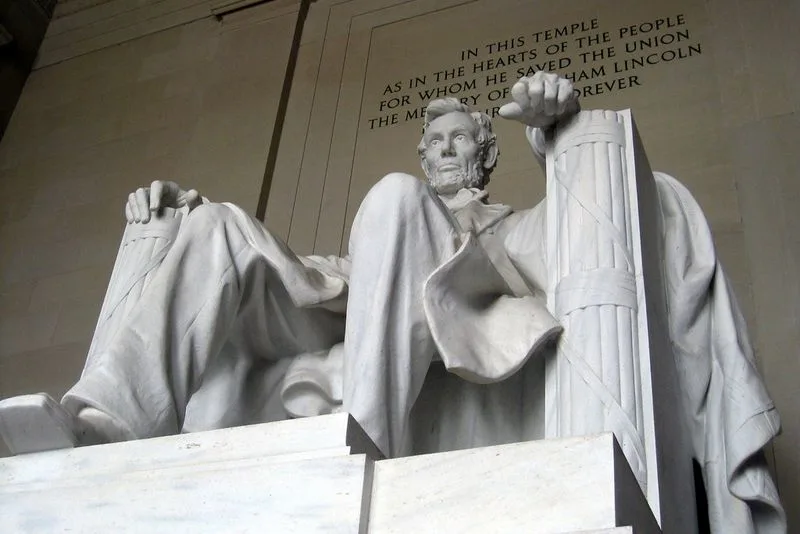
The Lincoln Memorial, a place of reverence, has hands that communicate silently. Unbeknownst to many, Lincoln’s hands are positioned in a way that spells “A” and “L” in American Sign Language.
This subtle homage to Lincoln’s advocacy for equality is a fitting tribute. It connects with those who understand the language of signs.
This intentional design choice by sculptor Daniel Chester French highlights the importance of inclusion and communication beyond spoken words.
Empire State Building
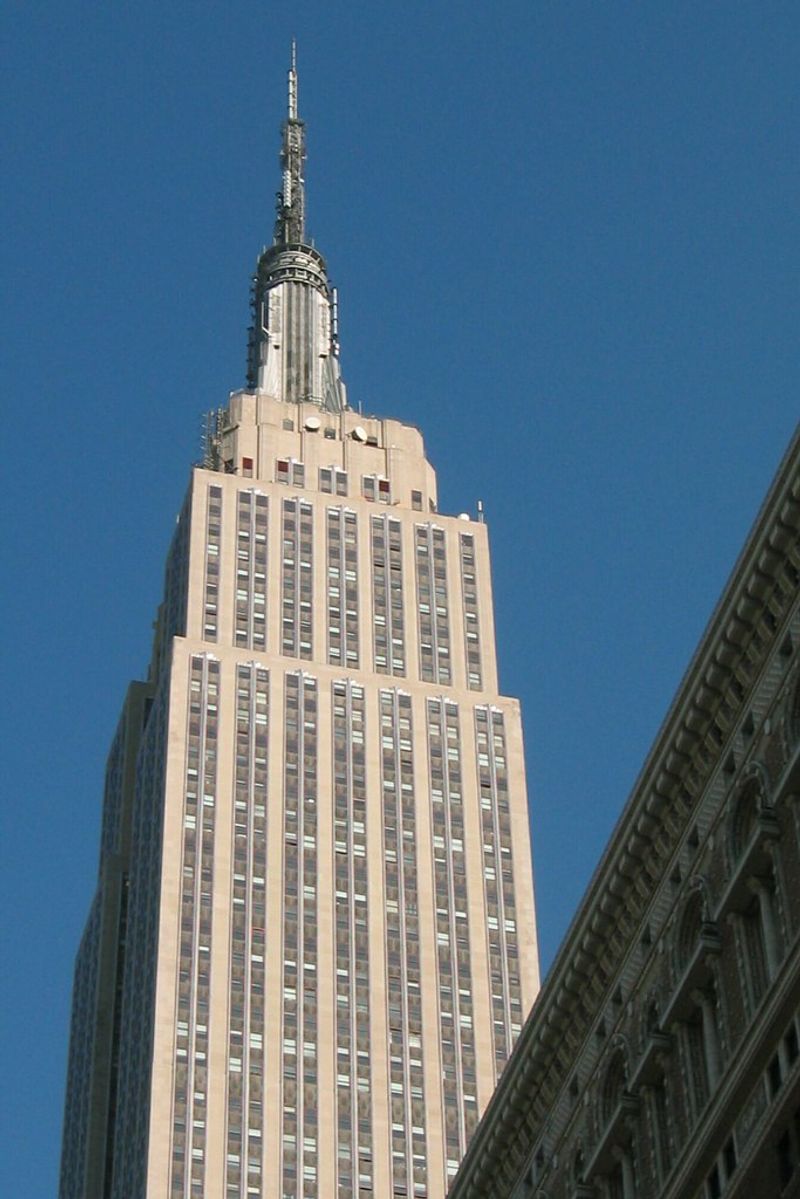
The Empire State Building soars above New York City, yet its antenna holds a secret. Originally intended as a mooring mast for airships, this feature was never utilized.
The vision was grand, but practical limitations prevailed, leaving this unique remnant of aviation dreams.
Today, it serves broadcasting purposes, yet the history of its design brings a layer of intrigue to an already magnificent structure.
Golden Gate Bridge

The Golden Gate Bridge, with its iconic hue, hides a colorful tale. Its International Orange paint was chosen not just for aesthetics, but for visibility in fog.
This choice was initially temporary, yet the distinct color became iconic, ensuring safety and style.
The blend of beauty and practicality in this design decision highlights the bridge’s unique presence, standing out against the city’s notorious fog.
The Alamo
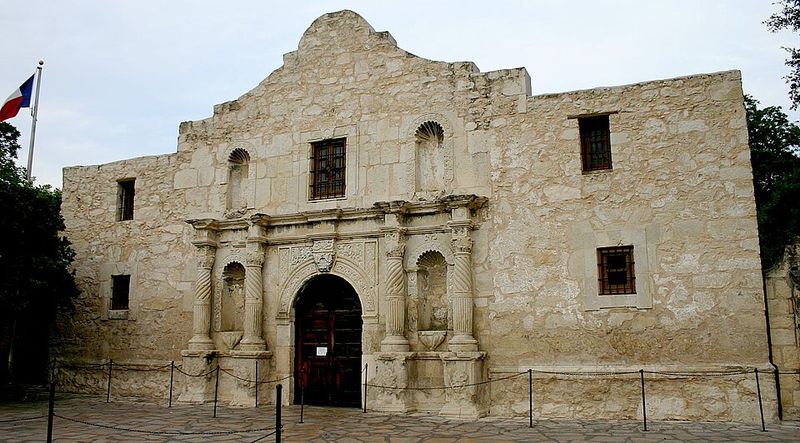
The Alamo, a site of heroism, holds architectural secrets within its walls. The original mission walls, often overshadowed by tales of battle, reveal historical craftsmanship.
Careful observation shows markings and textures from centuries past, reflecting the Spanish colonial style.
These details remind us of the Alamo’s roots as a religious mission, adding depth to its storied past beyond the famous battle.
White House
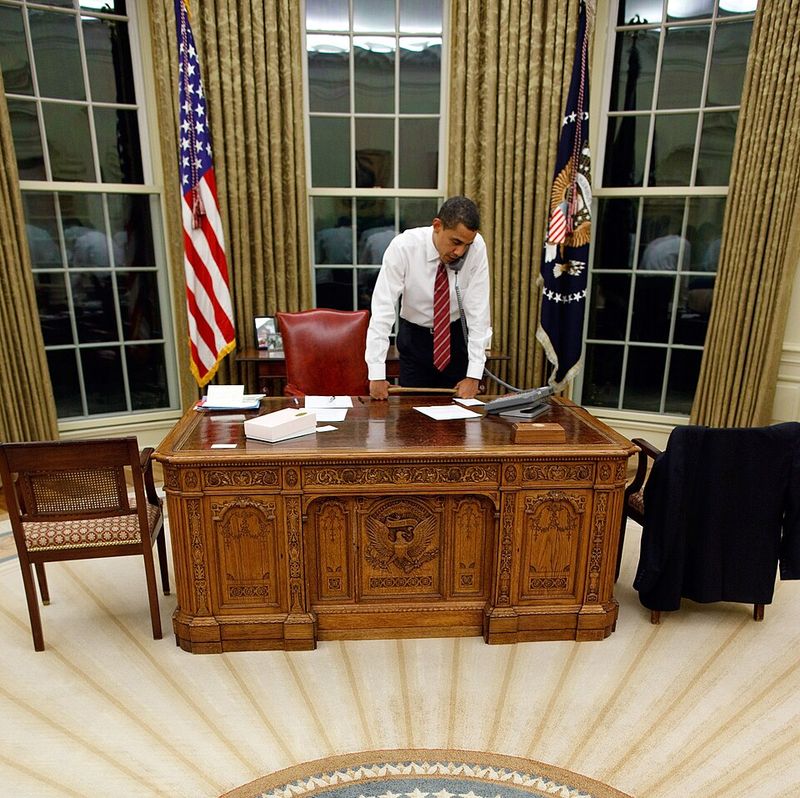
The White House, a symbol of American leadership, contains treasures like the Resolute Desk. Gifted by Queen Victoria, it’s crafted from the timbers of HMS Resolute.
These carvings tell stories of diplomacy and history, with each mark representing a chapter in international relations.
Positioned in the Oval Office, it serves as a reminder of the enduring relationship between the U.S. and the UK, adding a layer of historic intrigue.
Independence Hall

Independence Hall, the cradle of American democracy, is home to the Liberty Bell. Its iconic crack is both a flaw and a feature.
The fissure, resulting from an attempt to fix a smaller crack, adds character and authenticity. This imperfection has become symbolic of the nation’s journey.
Today, the bell’s silent presence continues to speak volumes about America’s enduring legacy and resilience.
Space Needle
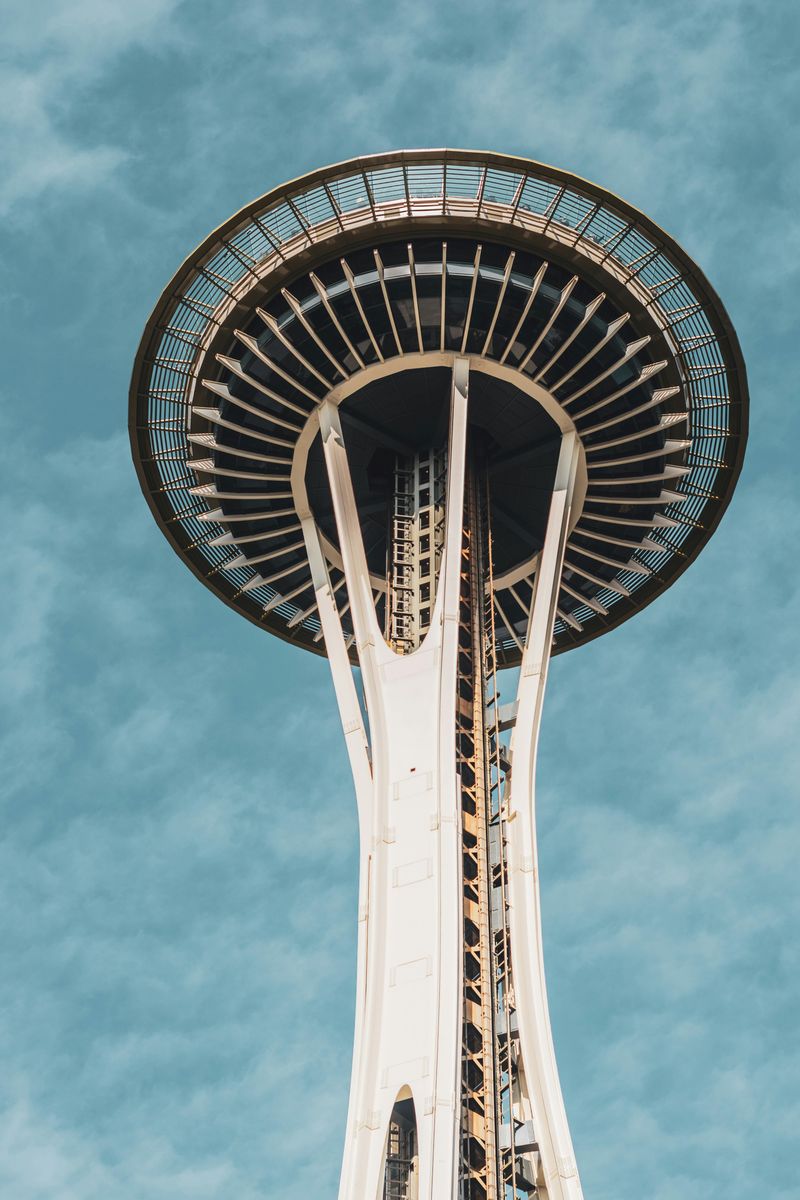
The Space Needle, Seattle’s futuristic marvel, holds architectural nuances. Its observation deck, designed with sweeping curves, offers more than panoramic views.
The saucer shape echoes the era’s fascination with space exploration, embodying the spirit of innovation.
Originally built for the 1962 World’s Fair, this design choice makes the Space Needle a lasting symbol of futuristic aspirations, bridging past and present.
The Pentagon

The Pentagon, a fortress of defense, conceals a geometric marvel. Its five-sided design sets it apart, optimizing space with minimal travel between offices.
This shape was not chosen for aesthetic reasons but for functionality, reducing travel time for military personnel.
Despite its functional purpose, the Pentagon’s design remains an architectural wonder, embodying efficiency and strategic planning.
Gateway Arch

The Gateway Arch, a symbol of westward expansion, showcases engineering brilliance. Its stainless steel surface reflects the sky, creating an ever-changing visual spectacle.
The arch’s unique design, using weighted cables during construction, was pioneering at the time.
Standing at 630 feet, this architectural feat symbolizes both ingenuity and the spirit of exploration, marking the gateway to the West.
Hollywood Sign

The Hollywood Sign, an emblem of dreams, hides a tale of transformation. Originally reading “Hollywoodland,” the sign was an advertisement for a real estate development.
Over time, the land suffix was removed, leaving the name synonymous with the film industry.
Its evolution from marketing ploy to cultural icon mirrors Hollywood’s own journey, embodying the magic of reinvention and aspiration.

